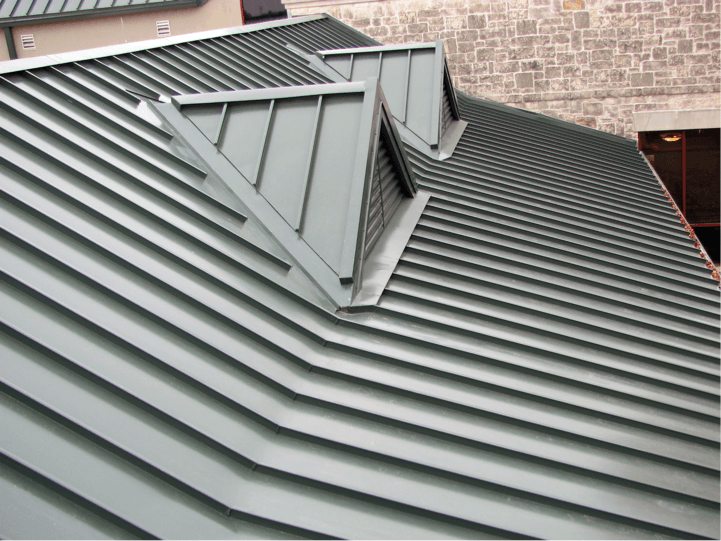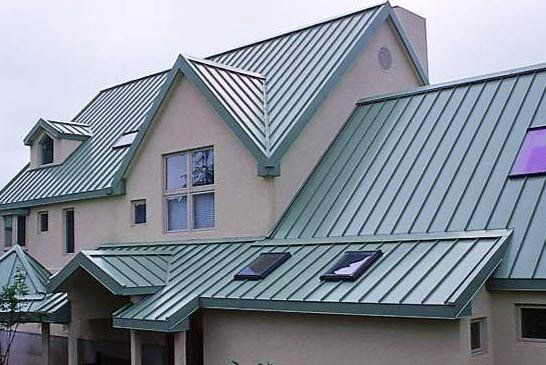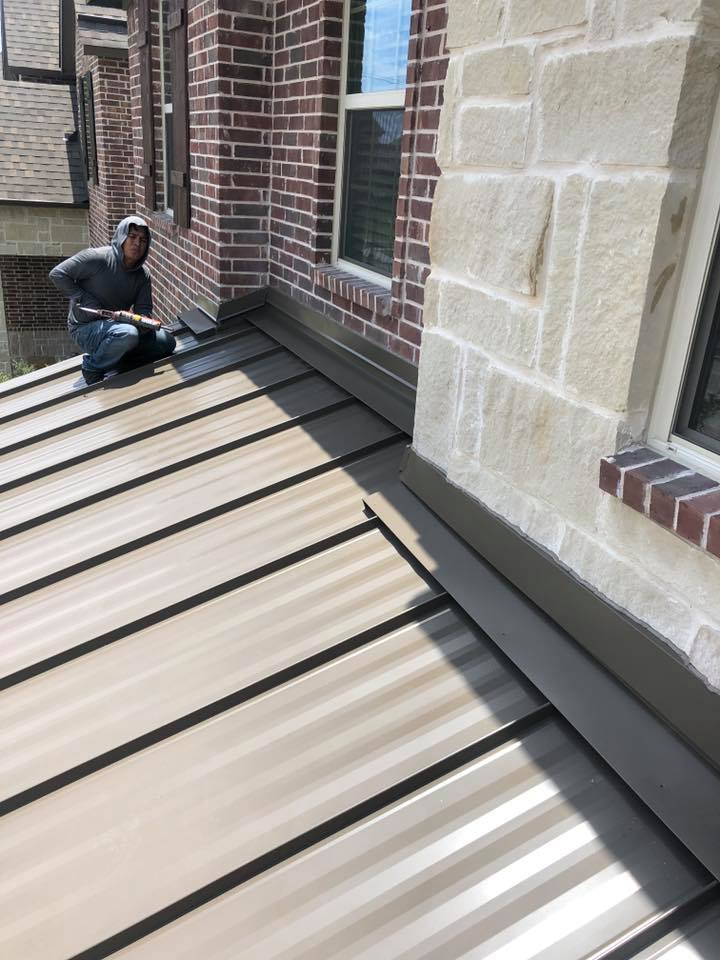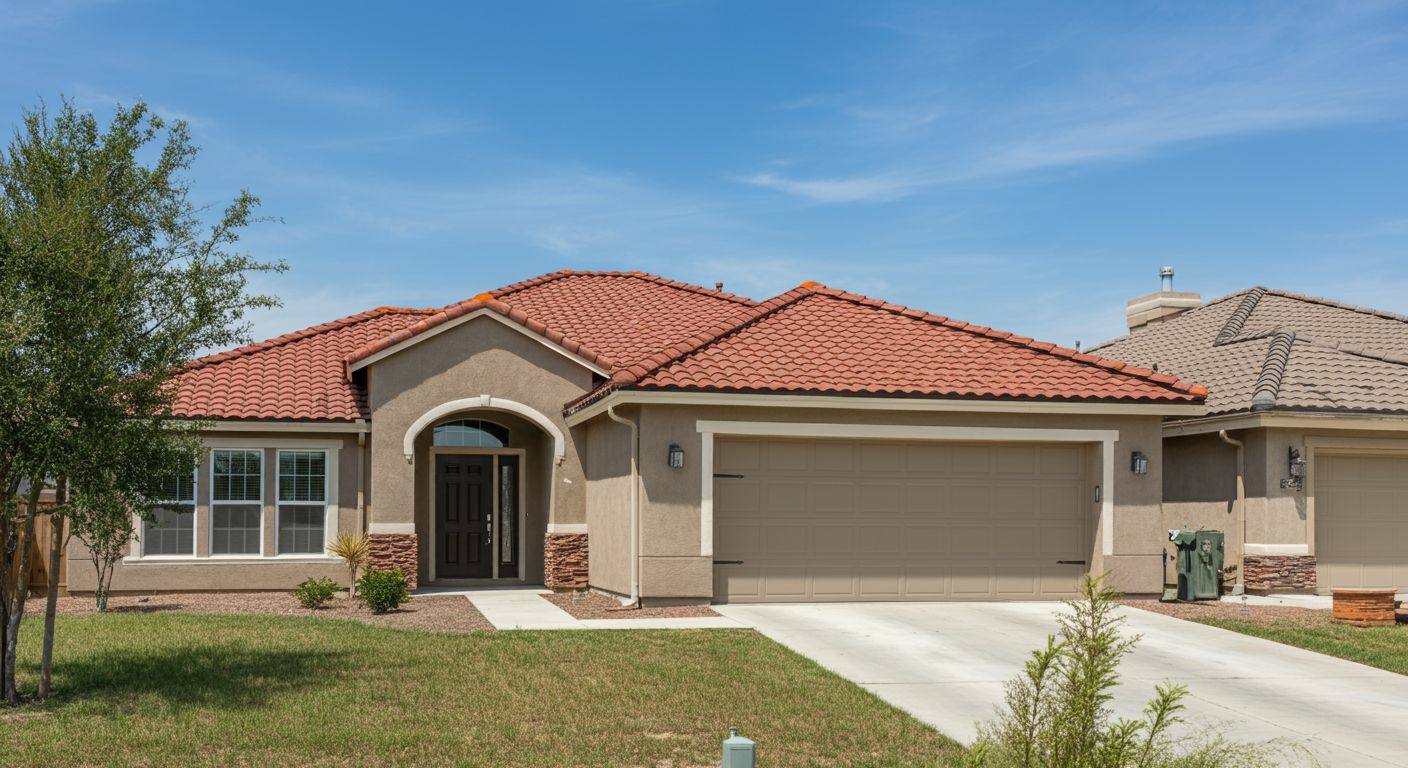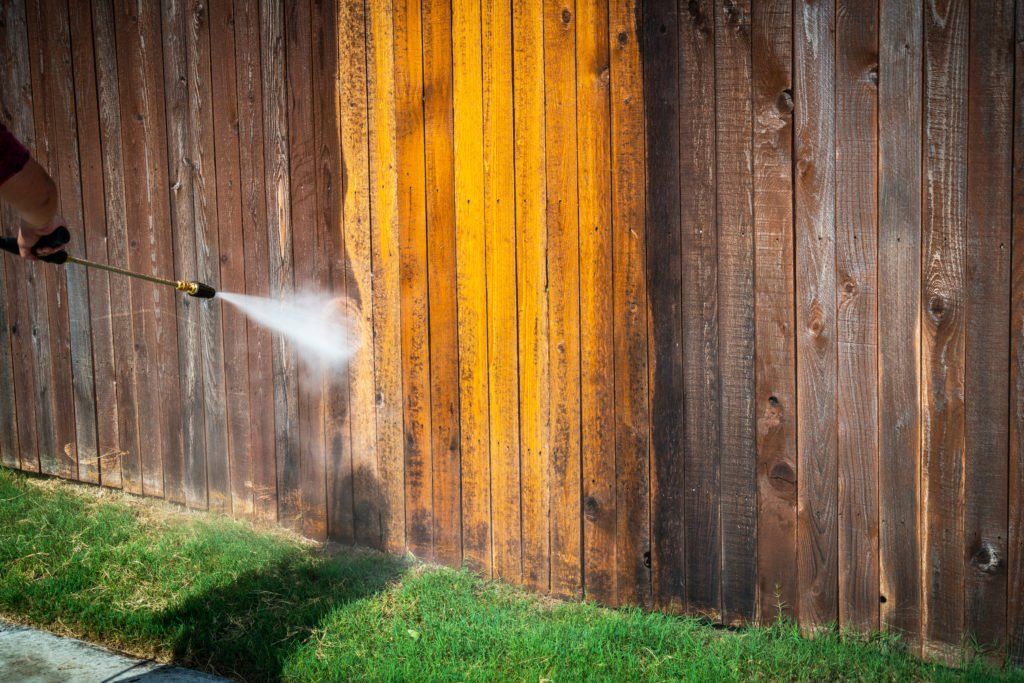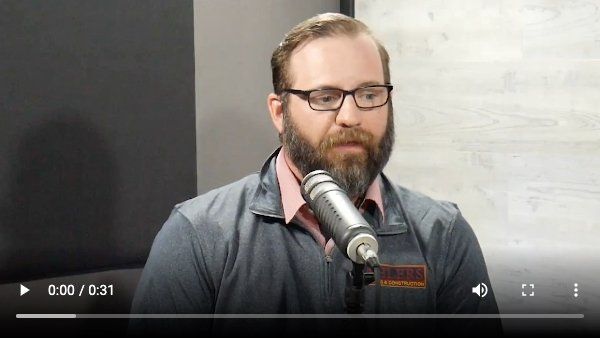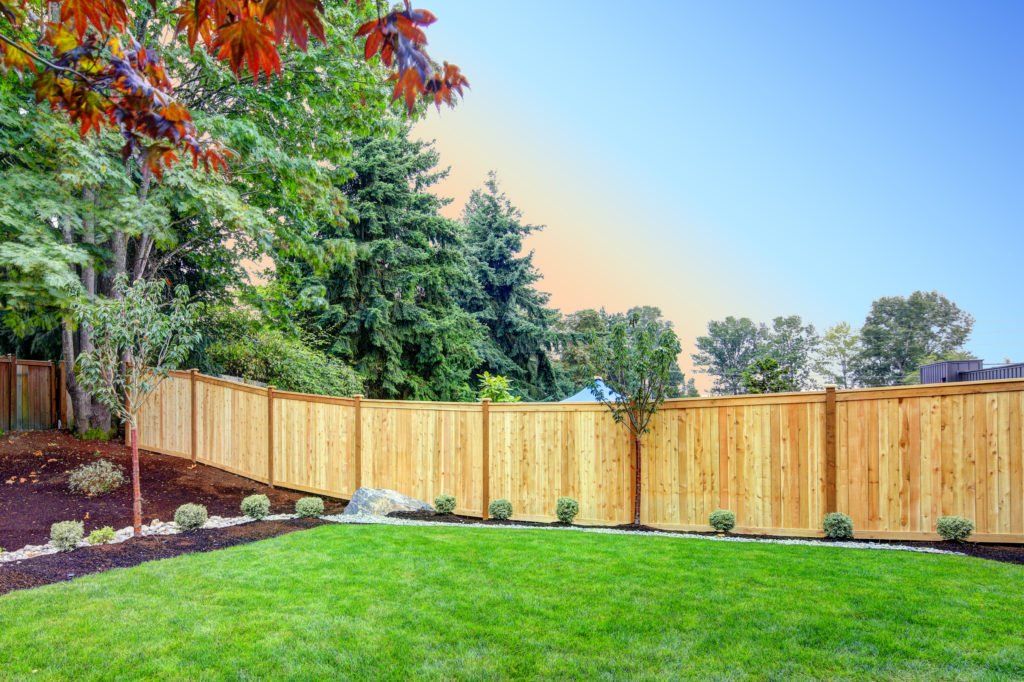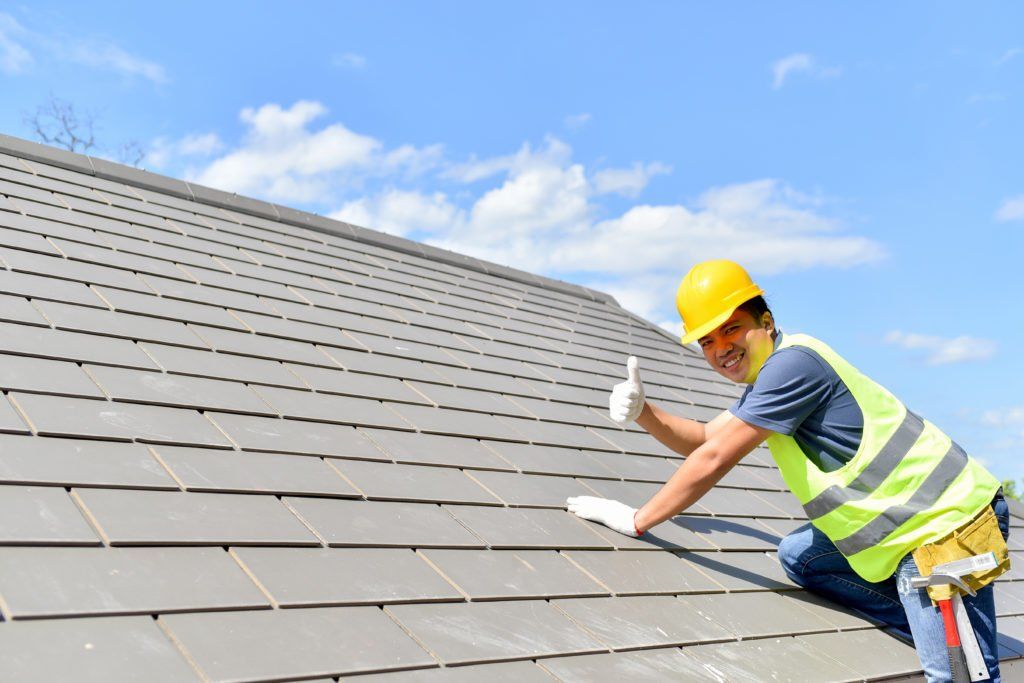5 Questions That Protect You From Contractor Scams

Whether you’re in Fort Worth, Plano, Allen, McKinney, or Dallas, knowing the right questions to ask a potential roofer can save you from falling prey to contractor scams in North Texas.
Especially in the wake of winter storms, contractors flood North Texas, from Colleyville to Richardson, and present themselves as expert roofers.
By asking the following five questions, you can weed out the riff-raff and narrow down to an experienced roofing contractor that you can trust.
1. Are they licensed, insured, and compliant with new legislation?
Don’t let a contractor near your home if they aren’t fully licensed and insured! Ask a roofing contractor candidate for a copy of their 2020 Certificate of Insurance. Read it carefully to ensure that their insurance would cover you and your home should any issues or claims arise. Talk with them about the new Texas roofing laws and make sure that their contracts include the mandatory clauses required for compliance.
2. Do they have an exemplary safety record?
Every quality residential contractor and trustworthy commercial roofing company makes safety a top priority. One way to do this is to provide OSHA safety training for their staff and crews. Ask a potential contractor what their Experience Modification Rate (or EMR) is. If it is less than the industry standard of 1.0, it’s a great sign that this is a contractor who follows the rules and makes safety a top priority on the job site.
3. Are they a well-established local company?
This is an especially important question in the wake of damaging storms! By hiring an established North Texas roofing contractor, you protect yourself from opportunistic roofing scams. By working with a trusted local contractor, whether in Richland Hills, or Denton, you know it will be easy to get in touch with the company should you have any questions or need any warranty service performed in the future. You also have the added protection of being able to seek out first-hand reviews. Your community will help you discover if a local roofing contractor is worthy of your time.
4. Who will be on the job site during your repairs?
If the answer to this question is anyone other than the owner or manager of the roofing company, a licensed contractor, or a trained project manager – this is NOT a company you want to work with. Having experienced roofers in a crew is important but does not ensure that an efficient installation or repair can take place without an industry expert in charge to oversee the work.
5. Can they handle the job?
A quality roofing contractor can’t give a reliable quote if your specific roofing needs are outside their scope of expertise. A local contractor can be the best in town for residential shingles, but if they don’t have a commercial roofing side of their business, they may not be certified to install materials produced by GAF, Johns Manville, Firestone, Carlisle, or other major manufacturers. Make sure that you’re contacting a contractor who is up to the job.
When storms hit, you don’t always have the luxury of time to make a decision about your roofing contractor. Ask these five questions to protect yourself from roofing scams. For peace of mind on any of your residential or commercial roofing projects in North Texas, give us a call at 817-793-2424 or click here to request a quote. We’re located right in the area by North Richland Hills and Southlake.
Recent Posts


